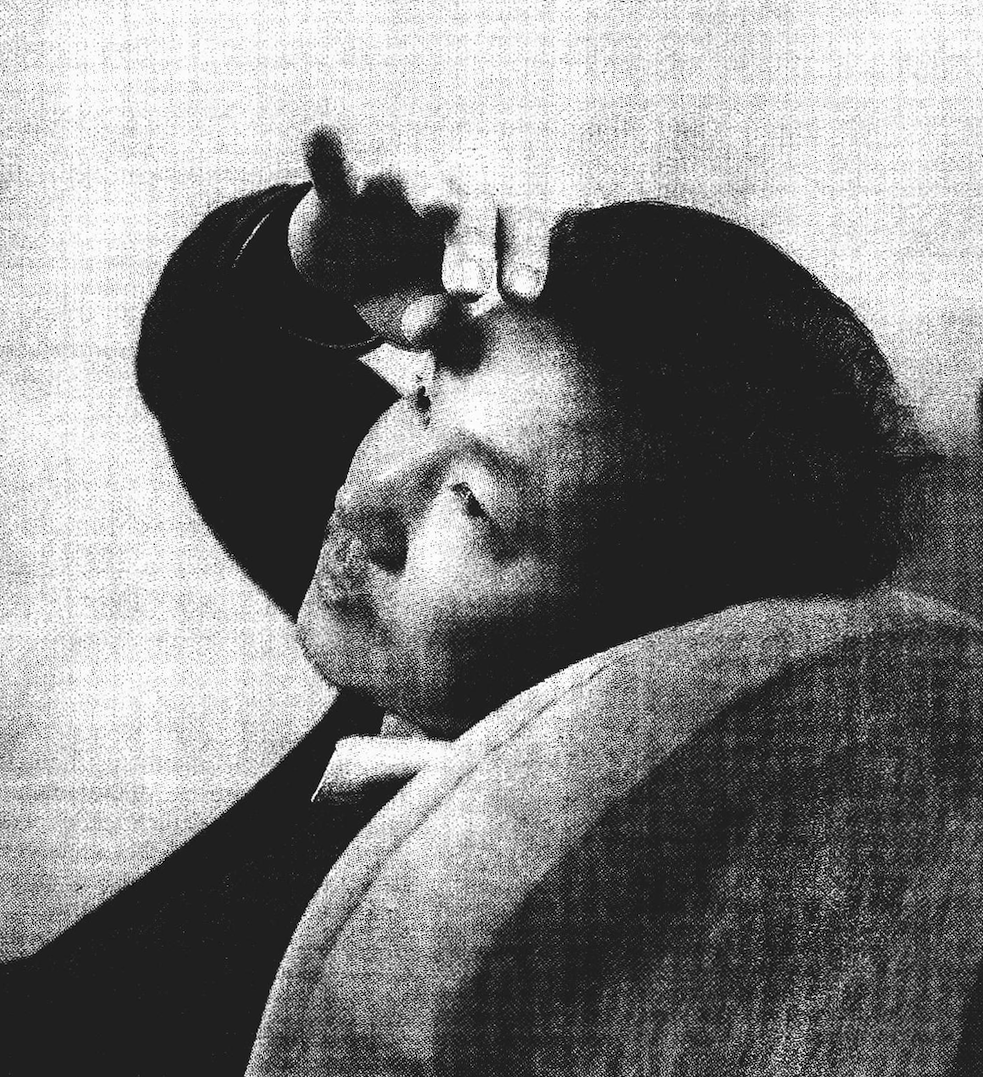My Key Dates
25 October 1960. Born in Seoul. You’ve got to start somewhere.
1968. Elementary school in Seoul. My father and mother separate. The end of normal family life; it broke my heart.
1975. At college. I learn to drink and smoke. The desire to run from what’s inside me gets worse every day.
1979. The assassination of President Park Chung-hee. He had taken power when I was born and lost it when I entered adulthood. They’re important dates for me and for Korea. He transformed social and political life, but my personal life is as devastated as before. I drink more and more. I strongly feel the temptation of emptiness and nothingness. I enter Chungang University in Seoul, where I try to study film.
1982. I leave for the United States, first to the College of Arts and Crafts in California, then to the Art Institute in Chicago. The opportunity to start a new, healthier life. I recover my health somewhat. This long stay in America is less important for my film studies than for the recovery of a moral hygiene.
1985. Back to Seoul to get married. I put a sort of protection in place, against the outside world, against the temptations, the degeneration of life. Ever since, I have been living the life of a married man, and I make sure to stay well-balanced so that my wife supports me.
1987. Back to Chicago. During a seminar at the Art Institute, I see Robert Bresson’s Diary of a Country Priest. A turning point. I give up experimental video-art cinema and move on to storytelling. That is when I understand that classic cinema can bring happiness.
1989. Before definitively coming back to Seoul, I spend a couple of months in Paris, at the Cinémathèque française. An orgy of films.
1992. I have a daughter. She’s the person I think about more than anyone in the world.
1996. My first feature film, The Day a Pig Fell Into the Well. Before that, I knew a few dozen people; after that, I met a few hundred people. This film is still very strange and foreign to me, perhaps because of my feelings while shooting it. I was very unhappy, and this film has never been familiar to me. I will have to watch it again to win it over and place it in my life. But it allows me to travel a lot, to festivals, Vancouver, Rotterdam, Paris, Locarno... And also to continue making films.
1998. The Power of Kangwon Province. An impression of lightness, clarity, something original.
2000. Virgin Stripped Bare by Her Bachelors. A beautiful, sweet film. The most pleasant one to shoot.
2002. Turning Gate. I’m left with a strong impression of warmth.
2004. Woman Is the Future of Man. My favourite film so far. And I believe I will be able to continue loving it.
2005. Tale of Cinema. It’s a little early to talk about it, but it’s the film I shot the fastest, with a lot of energy and efficiency. I don’t like to rewatch my films, but I know I will one day.

Originally published as “Mes dates clés” in Libération, 2 November 2005.
Thanks to Julien Gester and Bénédicte Dumont

